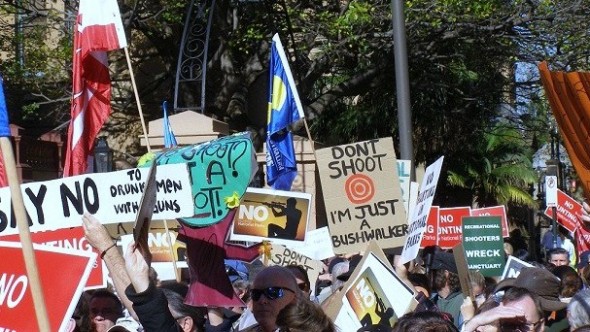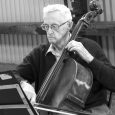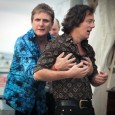Angry protesters rallied outside Parliament House in Sydney on Thursday June 14 carrying signs saying “Don’t Shoot”. The Australian Workers Union joined them, dressed as kangaroos and owls.
Opposition leader John Robertson spoke to the 150-strong crowd saying: “Barry O’Farrell has broken his promise to never allow hunting in national parks, putting his own political interests ahead of protecting the environment and keeping people safe.”
Keith Evans, chief executive officer of the National Parks Association of NSW, said this was a dramatic backflip that would “forever change the way the people of NSW relate to our national parks”.
The protesters accused Premier O’Farrell of going back on his word in making a deal with the Shooters & Fishers Party to allow recreational hunting of feral animals into 31 nature reserves and 14 state conservation areas. This means that nearly 40 per cent of NSW parks are now open to volunteer hunters.
Feral animal control in these areas is important to preserve our unique native wildlife but claims that recreational hunting provides an effective or low-cost option to control feral animal populations is not supported by the facts. Evidence has shown that hunting does not provide effective animal control and risks making the problem worse.
The NSW Department of Primary Industries’ (DPI) own guidelines state that ground shooting of feral pigs is ineffective as a method of population control. Controlled programs such as baiting, trapping and aerial culling run by national parks rely on the animals being undisturbed to maximise effectiveness.
Allowing hunters on the ground disrupts these coordinated programs because it disturbs the normal movements of the animals, causing them to move away from controlled areas. When animals hear a shot being fired it frightens them and drives them into new areas. It also makes them increasingly wary of the efforts of professionals, which can even lead to an increase in feral animal breeding rates.
The NSW Games Council 2010-2011 annual report states that 15,080 licences were issued for recreational hunting on public land. In that year a total of 14,161 animals were killed, resulting in only 0.9 feral animals killed per hunting trip; and 50 percent of these were rabbits and hares.
In 2002-03 Victoria had a fox bounty that resulted in 170,000 dead foxes. The task was abandoned as it didn’t prove successful. In the 2005 review of the scheme, DPI biologists found it only reduced fox presence by 4 per cent.
National Parks and Wildlife Service (NPWS) rangers and field officers already have in place professional, targeted, well-conducted and designed – and importantly, humane – eradication strategies in identified environments that are thoroughly monitored for effectiveness.
These involve baiting, trapping and aerial culling. Baiting is preferred on animal welfare grounds as it is the most cost efficient and humane way to kill the animals.
Amendments to the Game and Feral Animal Control Act 2002 will ban the use of baiting.
These tasks are well planned and take into consideration land conservation. For example, during an aerial culling program, around 200 to 300 feral animals such as goats, pigs and deer are culled. Most programs run over a number of days, resulting in the removal of thousands of feral animals over hundreds of national parks.
Mr O’Farrell admitted that these humane methods of killing feral animals, done by professionals in national parks, were effective with 24,000 animals killed last year.
And licensed shooting in state forests is permitted so why endanger national parks with activities that are likely to harm native wildlife?
This is a grave concern for rangers in national parks as hunters regularly break through gates, cut fences, damage signs, dump rubbish and lose or abandon their hunting dogs that then often turn feral. Dogs are not permitted on national parkland as they are prone to attack native animals.
These changes will also affect public enjoyment of tranquil national parks across NSW, where an estimated 3.5 million people, including bushwalkers, photographers and bird watchers, visit each year. These activities are quiet and usually undertaken around sunrise and sunset, which coincides with the best times for hunting, leaving the public less visible to hunters and making it more likely hunters will mistake them for animals.
The government is potentially endangering public safety. Experience in New Zealand shows that since 1979, hunters injure and kill each other on average every nine months. In 2010, recreational hunters killed two innocent park visitors. One woman was bending over brushing her teeth when a hunter mistook her for an animal, killing her instantly.
The government currently allocates $3.5 million each year to hunter’s licence and training fees. The Protected Area Workers Association NSW (PAWA) believes this money would be better spent on coordinated large scale animal control programs that would deliver better control of feral animals.
Why is the Premier allowing this amendment? He openly admits this is a political deal done with the Shooters and Fishers Party to win support for the electricity privatisation bill.
Sign the petition to help save our national parks.







Great article! NSW National Parks are already under-resourced.